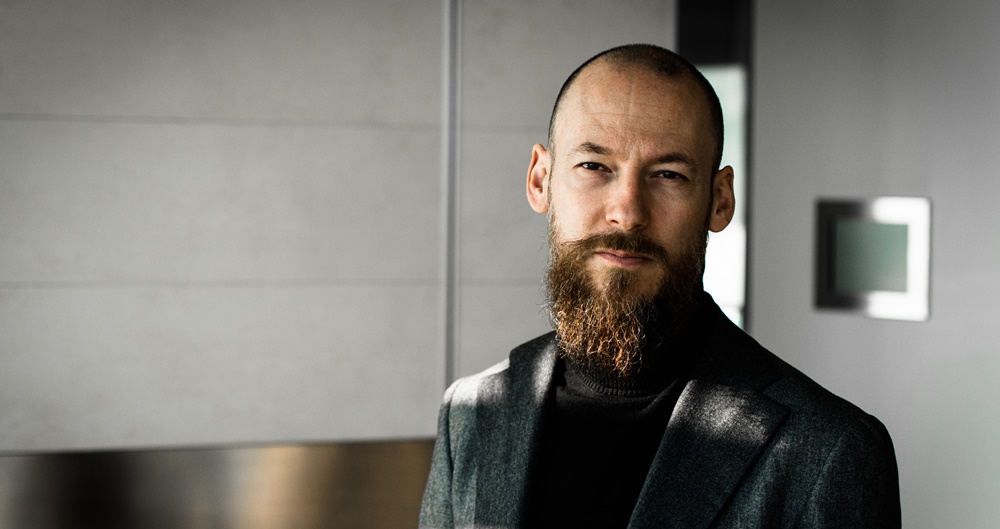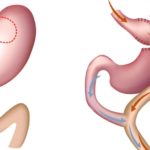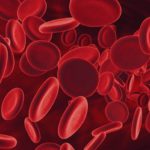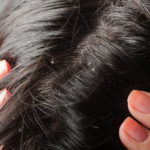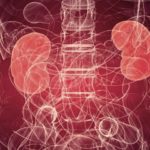Baldness in men – why does baldness occur more in men?
Billions of men around the world wish to know the answer to ‘Why does baldness in men is more common?’ Well, let’s find it out.
Baldness is a condition characterized by partial or complete hair loss. It may occur in the form of male-pattern or female-pattern baldness. There are three other terms regarding hair loss that you should be familiar with. Alopecia areata refers to hair loss in the form of patches (patchy hair loss), Alopecia totalis describes complete loss of hair from the head and the third condition you should know is Alopecia Universalis in which there is loss of hair from both head and body.
The male-pattern or androgenic alopecia happens to be more common. This kind of baldness pattern can affect both genders but the most common patients are elderly males however it can happen to teenagers as well. The male-pattern baldness is exhibited as a horseshoe pattern in which hair covers the scalp from sides and around the back of the head.
Testosterone
An obvious answer to why baldness in men is more common is the male hormone Testosterone. If you want to go into details regarding this answer, then let me tell you that in men, testosterone is converted into a more powerful and potent androgen called ‘Dihydrotestosterone’ (DHT). This hormone has its own physiological uses and functions such as the development of external genitalia in the male embryo and the development of secondary sex characteristics in adults.
Sometimes the hair follicles tend to become sensitive to DHT and then, the thing men dread most begins to happen – hair thinning and hair loss starts. The sensitivity of the hair follicles to DHT is usually explained to be a genetic matter. According to American Medical Association (AMA), there is a 4 in 7 chance of inheriting the gene of baldness.
DHT appears to affect the hair follicle growth phase due to reasons which are yet to be discovered. It is mostly initiated with follicular miniaturization, which is exhibited by smaller and thinner hair growth. The growth phase of hair is shortened and they finally begin to fall off. 5-alpha reductase is an enzyme that is mainly responsible for the conversion of testosterone into DHT. Therefore, in males with androgenic alopecia, the level of this enzyme is profoundly high.
Other causes of hair loss
Few other factors which contribute to the loss and reduced growth of hair in men and also in women include severe emotional or physiological stress, hypothyroidism, crash diets, eating disorders, chronic disease, surgery, anemia, and drugs. It can also be due to excessive and rigorous brushing, rough scalp massage, and forceful pulling and bending of hair.
Exposure to impure water stands out to be another cause of hair loss. Moreover, the phototoxic effect of the sun leads to the aging of scalp skin, and hence it affects hair growth.
Let us keep in mind that these are other causes of less hair on the scalp. The main culprit is the male sex hormone which is present in greater quantities in men as compared to women, hence, plays a crucial role in hair loss in males.
Treatment
If you are one of the many who has inherited the baldness gene and are scared of a vision of losing your hair, don’t worry. There are many remedies that precisely aim to block the DHT hormone before it gets a chance to harm the hair follicles. Pro-vitamin B5 is the most frequently recommended remedy. It is known to be an important element for hair growth and its dietary sources include legumes, grains, eggs, milk, meat, and veggies. Pro-vitamin B5 can also be obtained in the form of supplements or as an active ingredient in various shampoos. There are famous zinc supplements available as well, which can save you from hair fall. Try to avoid the stress that can only worsen your condition -make sure you get professional advice from a doctor regarding their use.
